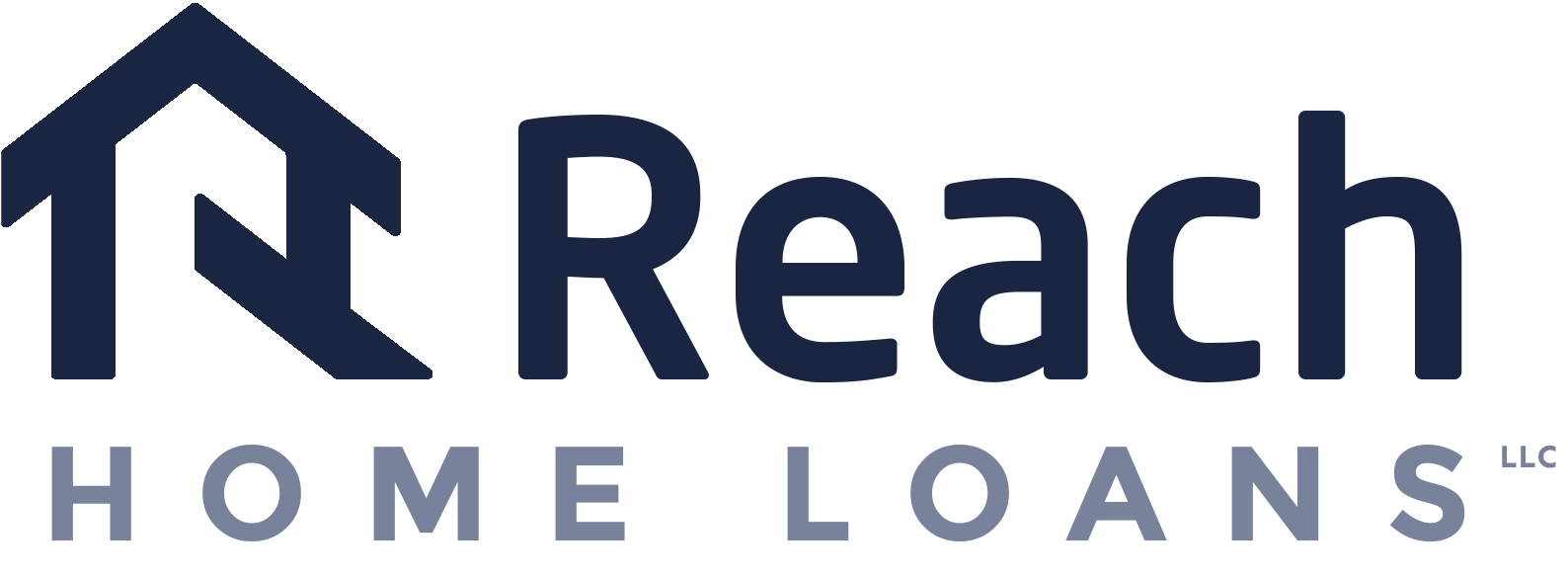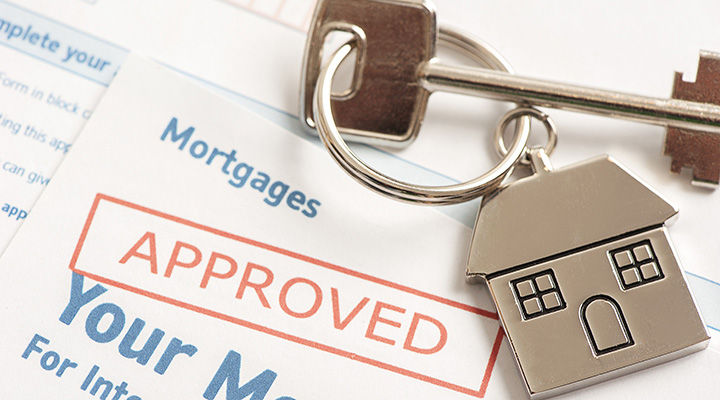Conventional Mortgage Loans: The Preferred Choice for Homebuyers
The Vital Factors to Take Into Consideration When Choosing Between Fixed-Rate and Adjustable-Rate Home Mortgage Fundings
When reviewing home mortgage options, debtors deal with a critical choice in between fixed-rate and adjustable-rate lendings, each presenting distinct advantages and possible pitfalls. Trick considerations such as passion price stability, predictability in month-to-month settlements, and the implications of prospective rate adjustments can considerably impact lasting monetary wellness.
Rate Of Interest Security
When choosing a home mortgage, understanding rate of interest price security is important for educated decision-making. Interest prices can dramatically impact the general price of a mortgage, and recognizing the nature of these prices is important for debtors.
On the various other hand, variable-rate mortgages (ARMs) begin with lower initial rates that might change regularly based on market conditions. While this can result in reduced repayments initially, it also introduces uncertainty, as consumers might encounter enhanced settlements if rate of interest rise. For those considering an ARM, it is crucial to analyze the possibility of rate changes, the possibility for settlement boosts, and the length of the preliminary fixed-rate period.
Inevitably, the choice between fixed-rate and adjustable-rate mortgages rests on individual threat resistance and economic conditions. Understanding rates of interest security assists consumers make educated choices that straighten with their long-lasting economic objectives.
Month-to-month Repayment Predictability
While debtors frequently focus on rate of interest stability, the predictability of monthly settlements is similarly essential in the mortgage choice process (Conventional mortgage loans). Month-to-month repayment predictability plays an essential function in budgeting and financial preparation, as it straight impacts a house owner's cash money circulation and overall economic health and wellness
Fixed-rate mortgages use a constant month-to-month repayment throughout the life of the funding, allowing debtors to anticipate and intend their expenditures successfully. This stability can be specifically useful for first-time property buyers or those on a fixed income, as it removes the uncertainty connected with varying settlements.
Conversely, adjustable-rate home mortgages (ARMs) normally feature lower first payments that can alter over time, causing possible variability in month-to-month obligations. While originally enticing, this unpredictability can make complex financial planning, specifically if consumers do not account for future rate modifications.
Potential Rate Modifications
In the world of variable-rate mortgages (ARMs), potential price changes represent a substantial factor that debtors have to thoroughly think about. Unlike fixed-rate home mortgages, where the interest rate stays unmodified for the life of the loan, ARMs are defined by rising and fall rates of interest that are linked to market indices. This variability can cause significant modifications in month-to-month repayments, impacting the debtor's financial preparation and budgeting.
Normally, ARMs have a first fixed-rate duration throughout which the rate of interest is secure. Hereafter duration, nevertheless, the rate changes at established intervals-- generally each year. Consumers have to understand the margin and index used to calculate these adjustments, as they directly influence future passion rates. In addition, ARMs frequently include caps that restrict just how much the rate of interest can boost at each modification and over the life of the finance, which can supply some level of protection versus extreme rate walkings.
Comprehending these possible adjustments is essential for consumers, as they directly influence long-term repayment obligations. As a result, evaluating individual financial circumstances and risk resistance is vital when deciding whether an ARM lines up with one's economic goals.
Car Loan Term Factors To Consider
Lending term considerations play an essential duty in the decision-making process for customers selecting between fixed-rate and adjustable-rate home loans. The length of the loan term substantially impacts regular monthly repayments, rate of interest, blog and overall monetary planning. Fixed-rate home loans commonly offer terms of 15 to 30 years, offering stability in regular monthly settlements and predictability in budgeting. This can be especially appealing for customers that intend to remain in the very same home lasting and favor the certainty of fixed payments throughout the life of the finance.

Eventually, customers should assess their individual scenarios, monetary goals, and market problems when evaluating the implications Get the facts of loan term selections within each home loan type.

Total Expense of Borrowing
The general cost of loaning is a critical aspect that can substantially influence a debtor's selection in between adjustable-rate and fixed-rate home loans. Fixed-rate mortgages supply foreseeable month-to-month settlements, as the rates of interest stays continuous throughout the financing term. This predictability can cause reduced general prices, specifically in a steady or declining rate of interest atmosphere. Borrowers can budget effectively, knowing their settlements will not fluctuate.
On the other hand, variable-rate mortgages (ARMs) usually begin with reduced first prices, resulting in decreased in advance prices. However, these rates can enhance after an initial period, resulting in potentially higher long-lasting costs. Customers should consider the frequency and extent of rate modifications, in addition to the general lending duration, to accurately analyze the economic effects.
Additionally, the general expense of borrowing encompasses not only passion prices however likewise charges and other connected expenses, such as closing prices and insurance policy (Conventional mortgage loans). Consequently, when reviewing home mortgage choices, customers should perform a detailed expense analysis over the life of the loan. By doing so, they can make an informed choice that lines up with their financial objectives and run the risk of resistance
Final Thought
In conclusion, picking between fixed-rate and adjustable-rate home loan financings requires careful factor to consider of a number of crucial aspects. Passion rate stability and month-to-month repayment predictability are critical for reliable budgeting, while the possibility for price modifications in ARMs presents financial unpredictability. Additionally, the expected period of homeownership and the general price of borrowing, including passion rates and connected fees, need to align with private monetary conditions and risk tolerance. Such a comprehensive analysis will certainly promote informed decision-making in home loan option.
Secret Related Site factors to consider such as rate of interest rate security, predictability in month-to-month settlements, and the implications of potential rate adjustments can substantially affect long-lasting monetary health and wellness. Rate of interest rates can considerably affect the general cost of a mortgage, and acknowledging the nature of these rates is vital for debtors. Unlike fixed-rate home loans, where the rate of interest rate remains unchanged for the life of the loan, ARMs are identified by rising and fall passion rates that are connected to market indices. Additionally, ARMs typically include caps that limit just how much the rate of interest price can raise at each modification and over the life of the funding, which can offer some level of defense against drastic price walkings.
Interest price stability and monthly settlement predictability are vital for reliable budgeting, while the capacity for rate changes in ARMs presents economic uncertainty.